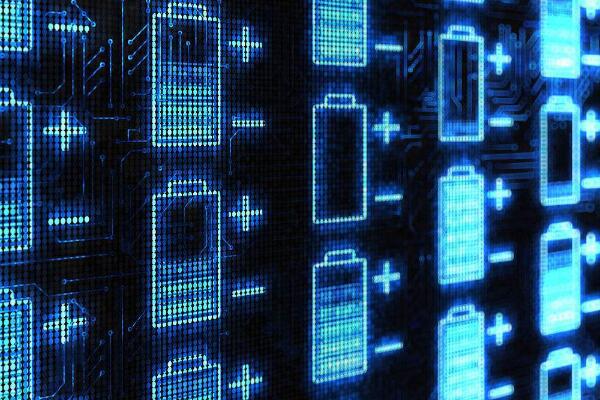The Heart of the Lithium-ion Battery: Cathode Materials
In recent years, power battery has developed rapidly as the core component of new energy vehicle. The lithium-ion battery is the most commonly used power battery in new-energy automobiles, which mainly consists of anode material, cathode material, diaphragm, and electrolyte. Cathode materials account for more than 40% of the total cost of lithium batteries, and their performance affects the performance indicators of lithium batteries directly, so they play a central role in lithium batteries. The performance and price of anode materials are the bottlenecks restricting the further development of lithium-ion batteries to high energy, long life, and low cost. Therefore, one of the key technologies to develop high-energy lithium-ion batteries is the development of anode materials.

Lithium cobalt oxide
Lithium cobalt oxide is an inorganic compound and is one of the most widely used cathode materials for lithium-ion batteries on the market. It has a two-dimensional layered structure, which is suitable for the declination of lithium ions, and its theoretical capacity is 274mAh/g. However, only half of the Li+ in the lattice can be removed at most in practical applications due to the limitation of structural stability, so the actual specific capacity is about 140mAh/g. Lithium cobalt oxide is easy to prepare and has many advantages such as high electrochemical performance, good circulation performance, and good charging and discharging performance, so it was the first anode material to be scaled up for lithium-ion batteries.
Lithium nickel oxide
The structure of lithium nickel oxide is cubic rock salt, which is the same as lithium cobalt oxide, but its price is lower than that of lithium cobalt oxide. Lithium-nickel oxide has many advantages such as high-temperature stability, low self-discharge rate, no over-charge and over-discharge limitation, no pollution, etc. However, it is very difficult to prepare because of its high process condition control requirement and easy to produce non-metering compounds, so it's not used much as a cathode material for lithium-ion batteries.
Lithium iron oxide
Lithium iron oxide, which exists in the form of phosphoferrite lithium ore in nature, is an olivine structure and belongs to the orthogonal crystal system. The theoretical specific capacity of lithium iron oxide is 170mAh/g, and the theoretical voltage is 3. 5 V. It has little structural change before and after charging and discharging, it also has the advantages of good circulation performance and high-temperature stability. Besides that, it can be close to theoretical capacity at room temperature. The disadvantages of lithium iron oxide are that it is highly polarizable at high power rate and the reversible capacity of it drops rapidly, and it cannot be charged and discharged at high current.
The compound oxide of lithium-manganese-nickel-cobalt
Due to the addition of Ni, Co and Mn, the composite oxides of lithium-manganese-nickel-cobalt have an obvious ternary synergistic effect, and the advantages of LiCoO2, LiNiO2, and LiMnO2 are also integrated. The material capacity is effectively increased with the addition of Ni; the layered structure is remarkably stable when Co is added; the addition of Mn reduces the cost of materials and also improves its safety.









